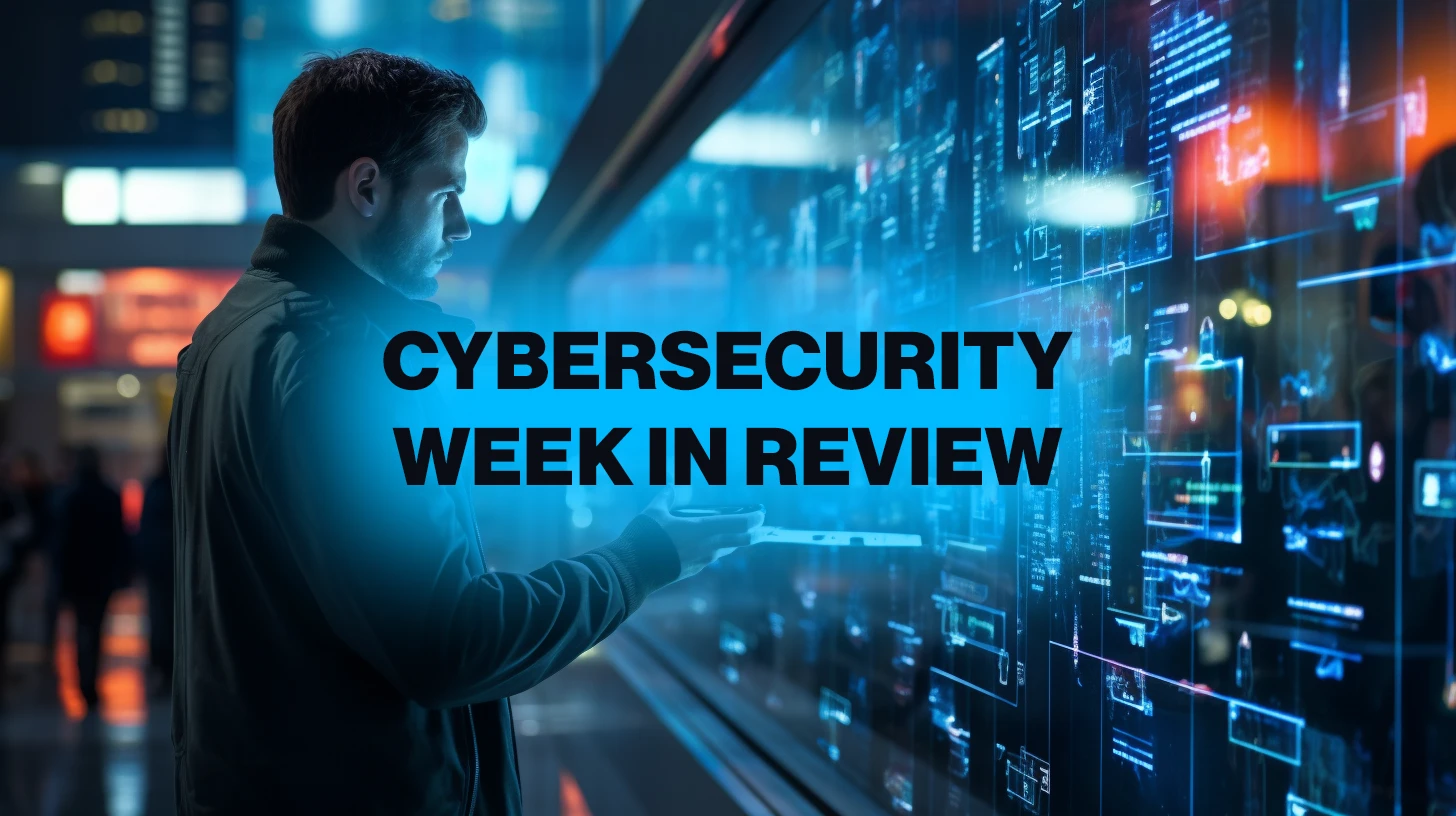Hey there, Bay Area folks! I bet you’re familiar with our stunning coastline, tech innovations, and diverse community, but I also bet you want to learn about something equally exciting — cybersecurity. Now, I know cybersecurity can seem overwhelming at first, but let me break it down into digestible bites!
Consider the threats to our digital world on a scale of six tiers. Picture a sort of ‘cyber naughty list’, if you like. Tier 1 has basic computer whizzes, who are tinkering about, playing with accessible tools they’ve found on the internet. Most of their actions are exploratory, but occasionally they can stumble onto something potent.
Then there’s Tier 2, where you’ll find dubious types with a deliberate desire to cause mayhem. These folks often operate alone or in small groups, focusing on exploiting known vulnerabilities.
Things get even trickier with Tier 3, the playground of cybercrime groups and activist hackers who have insider knowledge of previously unknown weaknesses. They’re mostly driven by politics or niche interests, launching attacks to disfigure websites, shut down networks or spill potentially damaging info.
Tier 4 is the digital clone of the Mafia – organized cybercrime rings and mercenary hackers. Their key motivation is usually profit. They aren’t afraid to resort to theft, either through ransomware or by going after cryptocurrencies and credit card data.
Now, let’s chat about Tier 5. These advanced, relentless threats are often state-sponsored, targeting specific institutions or data repositories, attacking with a level of sophistication that makes them particularly formidable. Even if they’re ejected, they can find a new way back within weeks.
Finally, let’s touch on Tier 6. This is like James Bond level stuff – intelligence agencies and government-funded cyber warfare. This bunch employs the same strategies as Tier 5, but with an arsenal of resources and personnel. They are interested in everything from espionage and intellectual property theft to political manipulation and surveillance.
Understanding these differing levels of threat actors and their potential methods is invaluable. With this knowledge, you can better defend yourself by implementing appropriate protective measures. This includes taking into account regulatory and business requirements, as well as the organization’s risk appetite.
It’s vital to understand your attacker and share this knowledge across sectors. To help with this, there are databases, such as the Mitre ATT&CK framework, that collect real-world observations of threat actor tactics and techniques. Understanding this not only helps to pinpoint potential weak spots but also aids in developing early detection systems.
This is a fascinating world, steeped in tactics seen throughout history during traditional warfare. The basic principles are the same. Why would an attacker waste energy inventing a new vulnerability when a reliable old one will do?
This world view allows us to take stock of our arsenal. We can use it to pinpoint gaps and create a framework for the most efficient security measures. But remember, all the tools in the world won’t help without a skilled team to wield them.
In the end, all this geekiness is about one thing – creating a trusted environment where our info stays safe. After all, in our interconnected world, security is not just a nice-to-have, it’s fundamental. It’s about maintaining the integrity of our digital society, which, let’s face it, is the backbone of the awesome Bay Area we call home!
by Morgan Phisher | HEAL Security




